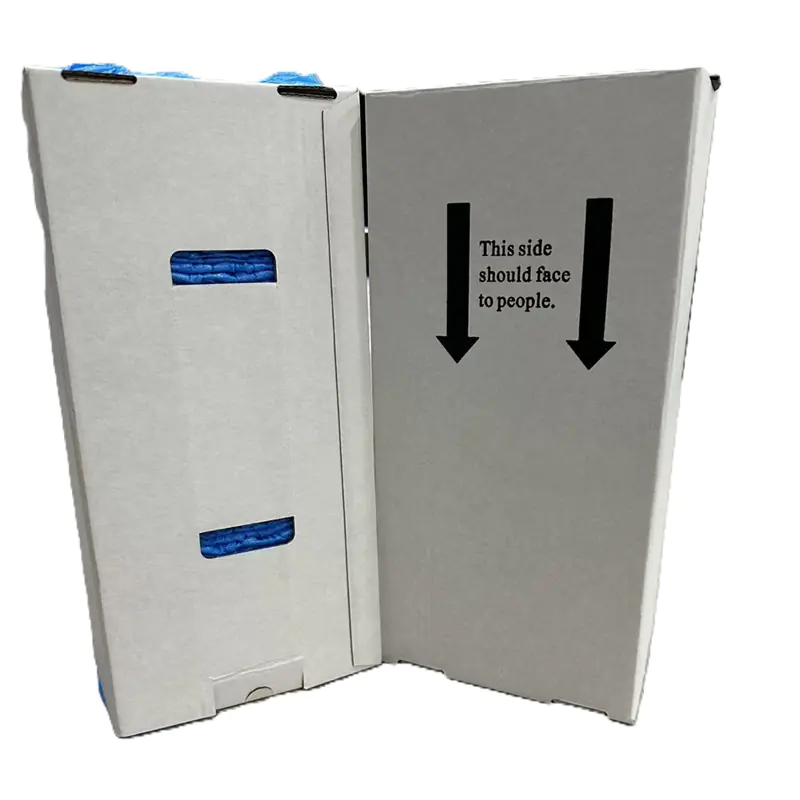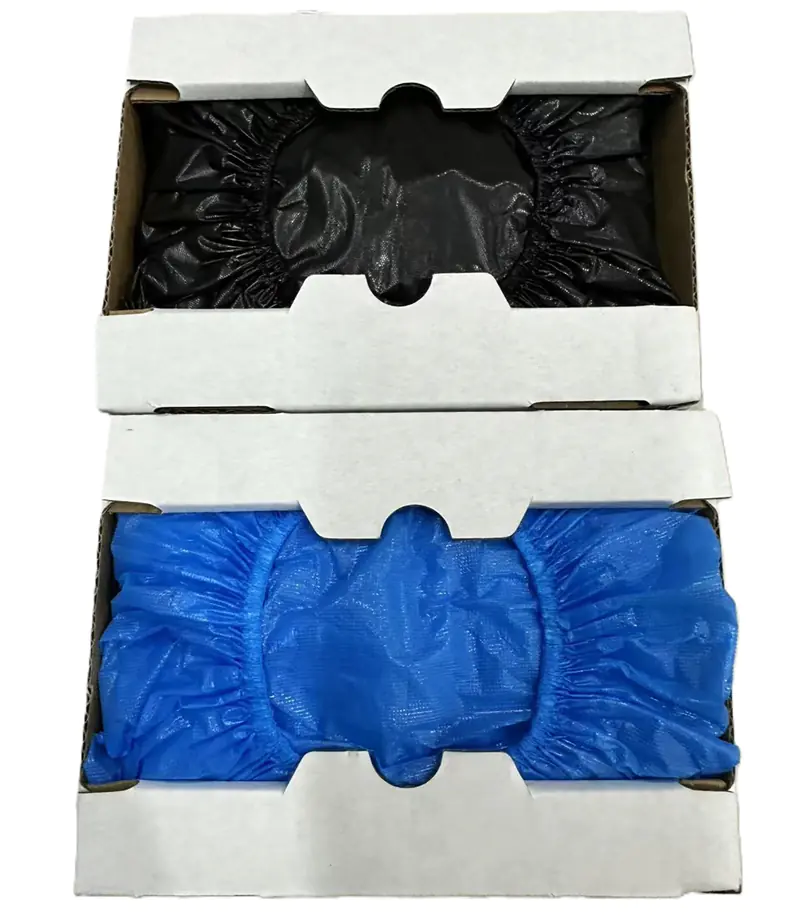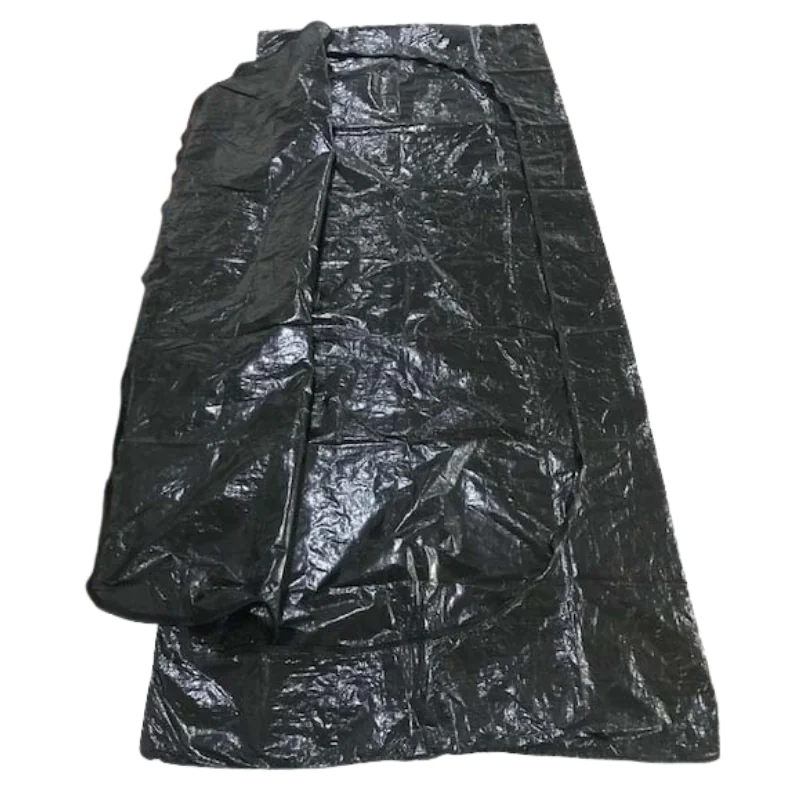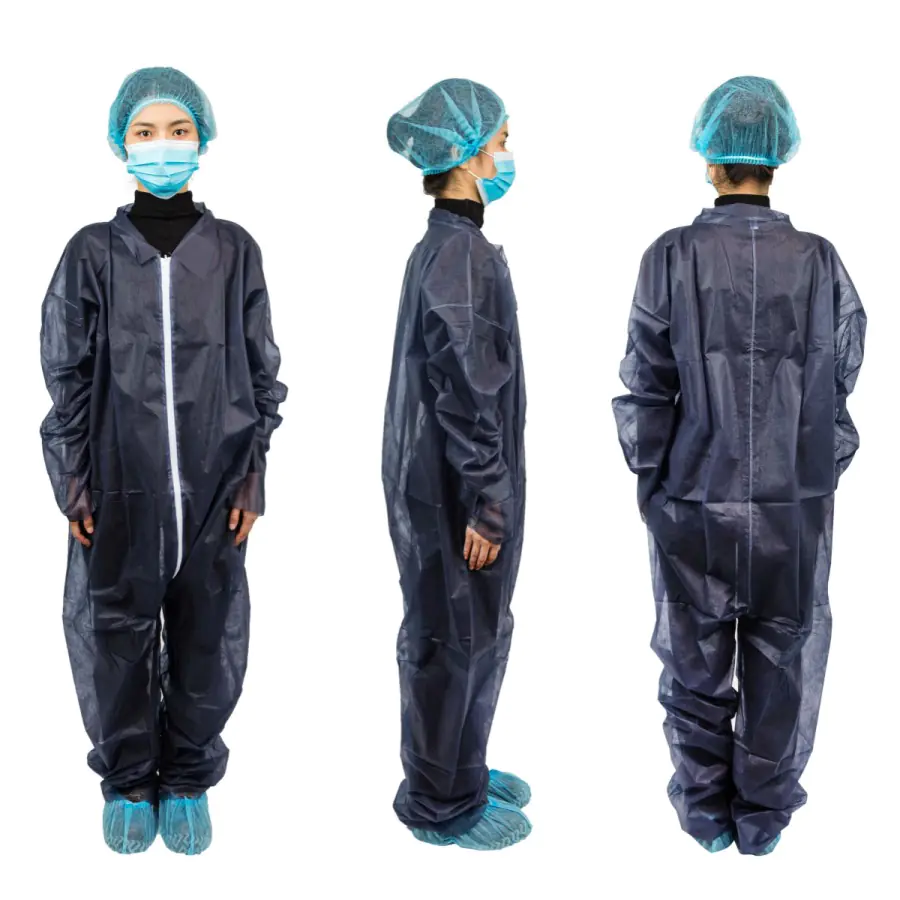Sacos para cadáveres, also known as cadaver pouches ou post mortem bags, play a very important role. They are used to respectfully hold and move a person who has died. Using the right body bag is key for safety, keeping things clean, and showing respect to the deceased. This guide will explain sacos de cadáveres funerários descartáveis, the different kinds available, and how they are used.
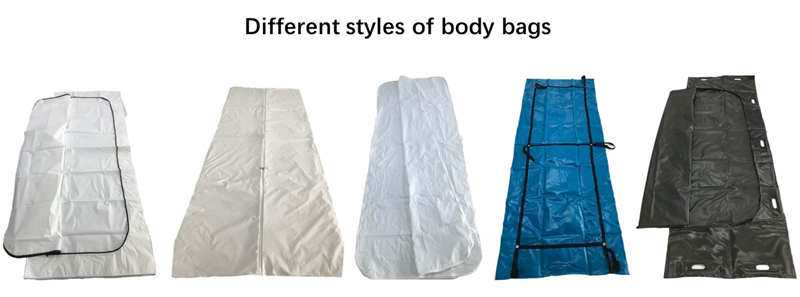
Why Use Disposable Body Bags?
When someone passes away, it’s important to handle the situation with care and dignity. Disposable body bags offer several benefits:
- Keeps Things Clean (Hygiene): Disposable bags help stop the spread of germs or fluids. This protects the health of funeral home staff, morgue attendants, medical examiners, and first responders. They create a safe barrier.
- Safety First: These bags are often leak-resistant or even à prova de água. This prevents any fluids from leaking out, which is important for safe handling and transport.
- Rentável: Because they are used once and then thrown away, there are no cleaning costs. This can save money for funeral homes e hospitais.
- Respect and Dignity: Using a clean, new bag for each person shows respect. It helps provide a dignified final step.
- Easy to Use: Disposable bags are usually lightweight and ready to use right away.
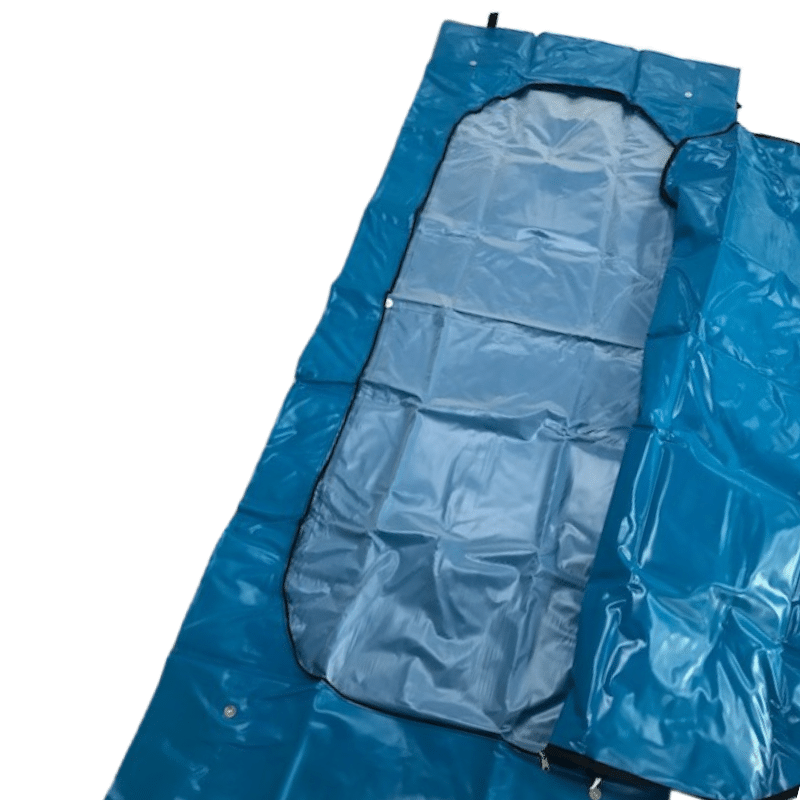
What Materials Are Body Bags Made From?
Disposable body bags come in different materials. The choice of material affects the bag’s strength, how well it holds liquids, and its cost. Here are common materials:
- Polyethylene (PE):
- This is a type of plastic.
- It’s lightweight and often à prova de água.
- It’s usually one of the cheaper options.
- Good for basic use when leaks are not a major concern or for shorter storage times.
- Polyvinyl Chloride (PVC):
- A stronger, thicker plastic than PE.
- Very durable and excellent at stopping leaks. It’s impervious (doesn’t let liquids through).
- Often used for heavy-duty body bags because it’s tough.
- Can be more expensive than PE.
- Polyethylene Vinyl Acetate (PEVA):
- A type of plastic that is seen as more eco-friendly than PVC because it doesn’t contain chlorine.
- It’s still strong and leak-resistant.
- Often used for standard disposable body bags made from PEVA.
- Nylon:
- A strong fabric material.
- Often coated with plastic (like polyurethane) to make it à prova de água and more durable.
- Used for high-quality or heavy-duty bags that need extra strength.
- Non-Woven Fabrics (like Polypropylene – PP):
- These look like fabric but are made from plastic fibers pressed together.
- They are breathable, which can sometimes be needed.
- Often less strong than PVC or coated nylon.
- Sometimes they are coated with PE (PP+PE) to make them fluid-resistant ou à prova de água.
Here’s a simple table comparing some materials:
| Material | Strength | Waterproof? | Custo | Notes |
|---|---|---|---|---|
| PE | Moderate | Often Yes | Baixa | Lightweight, basic use |
| PVC | Elevado | Yes (Impervious) | Moderate-High | Very durable, good for heavy-duty |
| PEVA | Good | Yes | Moderate | Chlorine-free alternative to PVC |
| Nylon (Coated) | Very High | Yes | Elevado | Very strong, often used for tough jobs |
| Non-Woven (PP) | Lower | No (unless coated) | Low-Moderate | Breathable, basic protection |
| PP+PE | Moderate-Good | Yes | Moderate | Non-woven with waterproof layer |
Important Features of Body Bags
Besides the material, other features make body bags useful and easy to handle:
- Zippers:
- Most bags have zippers to close them securely.
- Straight Zippers: Run down the middle or side. Easy to use.
- C-Shaped Zippers (Curved Zippers): Go around the top part of the bag. This makes it easier to place the person inside without lifting them as much.
- Envelope Zippers: Open more like an envelope flap.
- Zippers should be strong and prevent leaks. Some have flaps over the zipper for extra protection.
- Handles:
- Strong handles make lifting and carrying the bag much easier and safer.
- Most bags have several handles (like 6 or 8) placed along the sides and ends.
- Look for body bags with strong handles that are well-attached to the bag material.
- ID Tags / Pockets:
- A clear pocket or tag holder is usually attached to the outside.
- This allows staff to put an identification card or label on the bag. This is very important to make sure the person is correctly identified at all times.
- Fluid Absorption:
- Some bags have an absorbent layer or pad inside.
- This helps soak up any fluids, keeping the inside cleaner and reducing potential leaks.
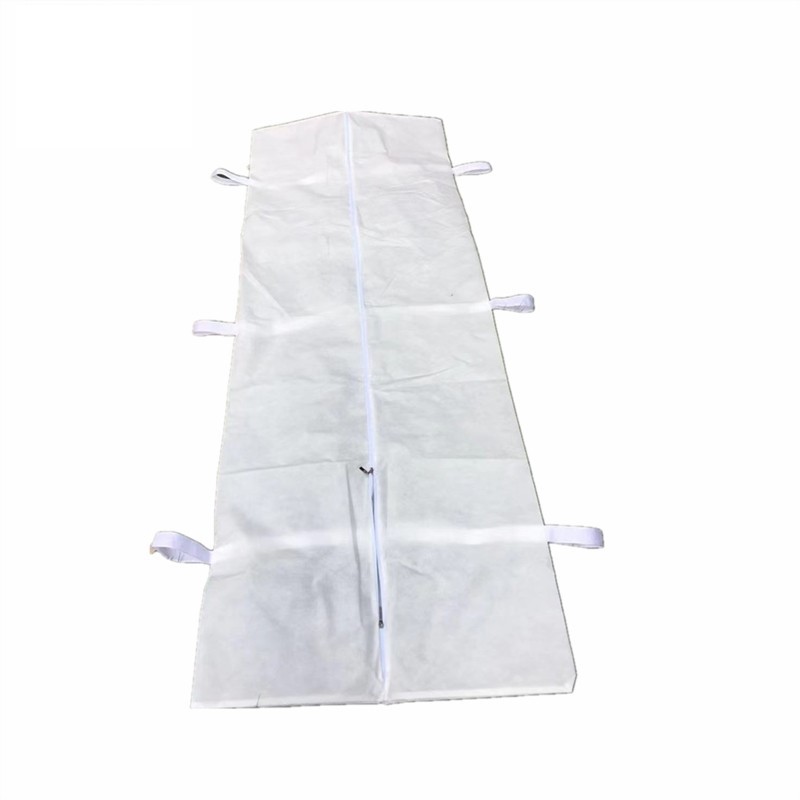
Special Types of Body Bags
Not all situations are the same. There are special types of body bags designed for specific needs:
- Heavy-Duty Body Bags:
- Made from very strong materials like thick PVC or coated nylon.
- Designed to hold more weight and resist tears or punctures.
- Often used for larger individuals or in situations where the bag might get rough handling. You can find heavy duty post mortem body bags for these needs.
- Bariatric Body Bags:
- These are extra-large and extra-strong bags.
- Designed specifically for individuals who are very heavy or large.
- They have higher weight capacities and reinforced handles.
- Infant and Child Body Bags:
- Smaller sizes designed specifically for babies and children.
- Using the right size shows respect and ensures a proper fit.
- Water Recovery Bags:
- Used when recovering a body from water (like lakes or oceans).
- Often made with mesh panels to let water drain out while keeping the body contained.
- Biohazard or Infectious Disease Bags:
- These bags have special labeling (like a biohazard symbol).
- They are made with materials and seals designed to safely contain bodies with infectious diseases.
- They must meet certain safety rules to protect workers.
How to Choose the Right Body Bag
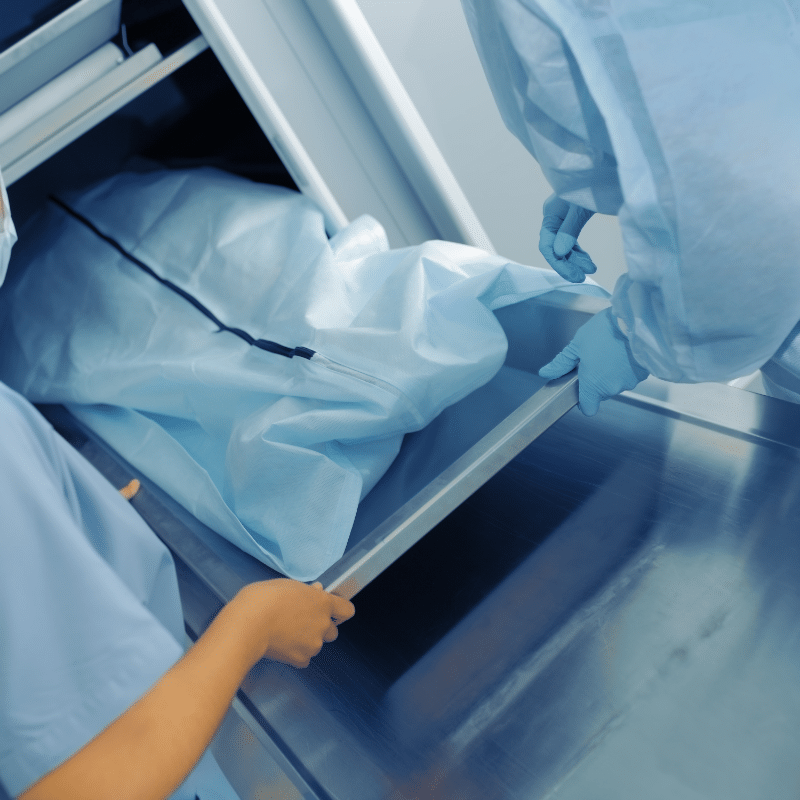
Choosing the correct disposable funeral body bag depends on the situation:
- Size and Weight: The most important thing is to choose a bag that fits the person and can safely hold their weight. Check the bag’s dimensions and weight capacity. Use a bariatric bag if needed.
- Strength Needed: For difficult recovery situations or very heavy individuals, a heavy-duty body bag made of strong material like PVC or coated nylon is best. For standard transport, PE or PEVA might be fine.
- Situation: Is it a standard transfer from a hospital? Or a recovery from an accident scene or water? Is there an infectious disease risk? Choose the bag type designed for that situation (e.g., water recovery bag, biohazard bag).
- Caraterísticas: Do you need a C-shaped zipper for easier placement? Are strong handles essential for carrying? Is an absorbent pad needed?
- Rules and Laws: Some places have specific rules about the types of bags that must be used, especially for infectious diseases or forensic cases.
Using Body Bags Safely
It’s important for funeral home staff, hospital workers, and others to use body bags correctly:
- Always wear protective gear like disposable plastic gloves and aprons when handling.
- Gently place the person inside, using the zipper style that works best.
- Securely close the zipper all the way.
- Use the handles for lifting and carrying; avoid dragging the bag.
- Fill out the ID tag clearly and correctly.
- Dispose of the used bag according to local health and safety rules, especially if it’s considered biohazardous waste.

Conclusão
Disposable funeral body bags are essential tools used with respect and care. They help keep workers safe, prevent the spread of germs, and provide a dignified way to handle and transport a person who has died. Understanding the different materials (like PE, PVC, PEVA, non-woven), features (zippers, handles, ID tags), and special types (heavy-duty, bariatric, infant) helps ensure the right cadaver pouch is chosen for each situation. By selecting and using these bags properly, we can manage a difficult task with professionalism and compassion.


